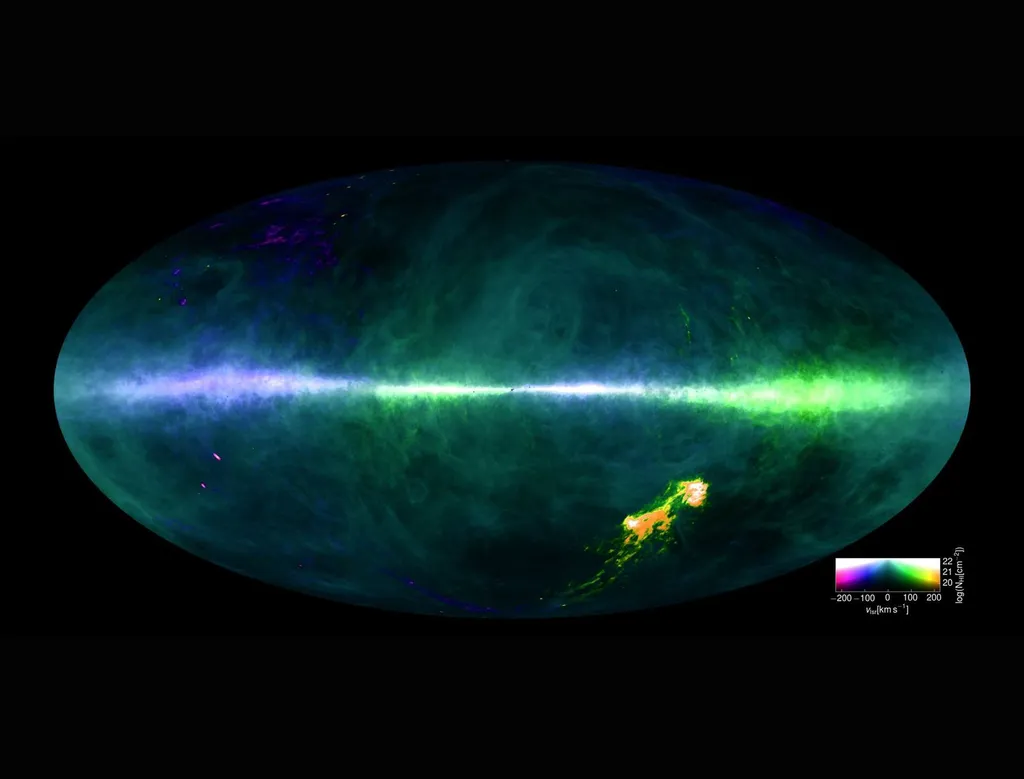In the realm of energy journalism, it’s crucial to keep an eye on scientific research that could potentially impact the energy sector. Today, we’re looking at a study that delves into the conversion factor of carbon monoxide (CO) to molecular hydrogen (H2) in the Milky Way’s central parsec. The researchers behind this study are Mark Gorski and Lena Murchikova, both affiliated with the California Institute of Technology.
The study focuses on the CO-to-H2 conversion factor, a crucial metric used to estimate the amount of molecular hydrogen in space, given that CO is easier to detect. This conversion factor is often assumed to be constant across galaxies, but deviations have been observed in extreme environments, such as the central molecular zone (CMZ) in galactic nuclei. The researchers aimed to estimate this conversion factor on sub-kiloparsec scales, specifically in the Milky Way’s Circumnuclear Disk/Ring (CND/CNR) at approximately 1 parsec radius around the Galactic Center black hole.
Gorski and Murchikova derived a conversion factor of approximately 4.5 ± 2.5 M☉ (K km s⁻¹ pc²)⁻¹ or X[CO] ≈ (2.1 ± 1.1) × 10²⁰ cm⁻² (K km s⁻¹)⁻¹. This value is consistent with the Galactic disk but higher than previously observed in the CMZ. The research was published in the Astrophysical Journal Letters.
So, what does this mean for the energy sector? Understanding the CO-to-H2 conversion factor is essential for estimating the amount of molecular hydrogen in space, which is a potential future energy source. Molecular hydrogen, or H2, is a clean-burning fuel that could play a significant role in the transition to a low-carbon economy. Accurate estimates of H2 reserves are crucial for planning and investment in this area. Furthermore, the study’s findings could help refine models of star formation and galactic evolution, which in turn can enhance our understanding of the universe and its potential resources.
In practical terms, this research could lead to better methods for detecting and quantifying H2 reserves, both on Earth and potentially in space. This could open up new avenues for energy exploration and production, contributing to a more sustainable energy future. However, it’s important to note that while this research is a step in the right direction, much more work is needed before we can fully harness the potential of molecular hydrogen as an energy source.
In conclusion, the study by Gorski and Murchikova sheds new light on the CO-to-H2 conversion factor in the Milky Way’s central parsec. While the immediate applications for the energy sector may be limited, the research contributes to our broader understanding of molecular hydrogen and its potential as a future energy source. As always, it’s crucial to approach such studies with a critical eye and consider the broader implications for energy policy and investment.
This article is based on research available at arXiv.

